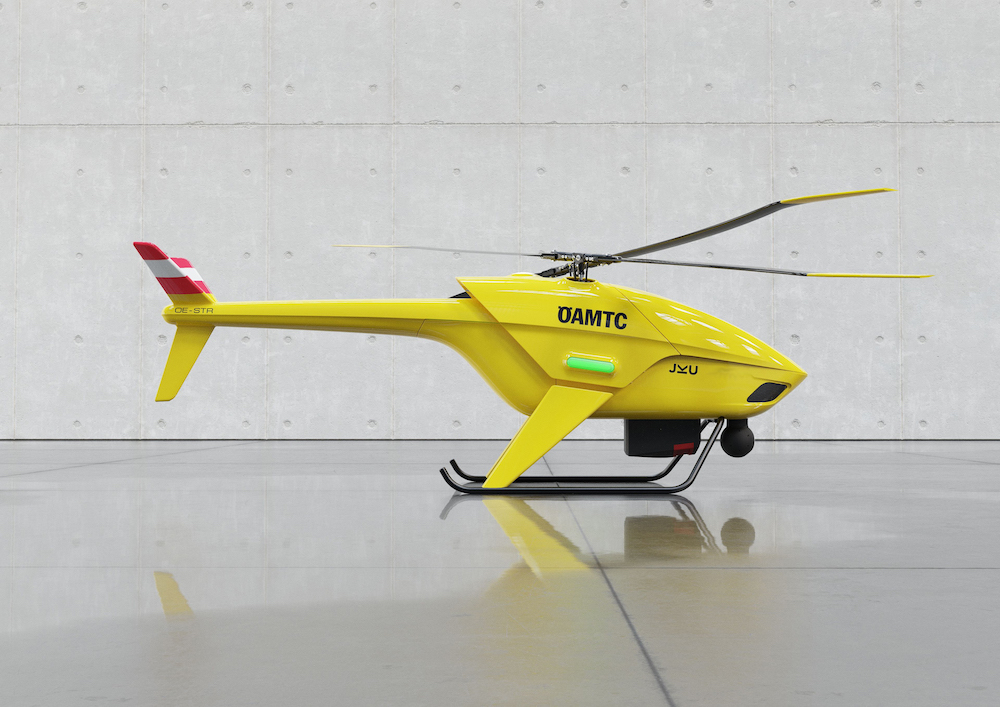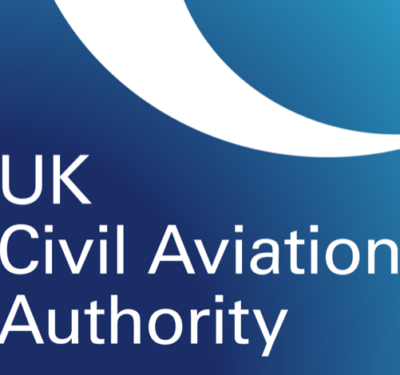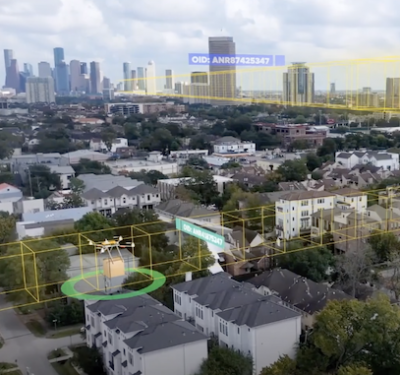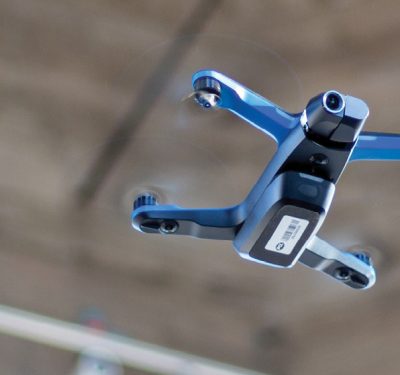
Current drone prototype. Credit: Johannes Kepler University Linz
A prototype autonomous search-and-rescue drone now reveals how unmanned aircraft might one day help locate people lost in thick forests, a new study finds.
Robots offer many advantages over humans in search-and-rescue missions, such as the ability to scan large areas quickly. However, the drones used in such operations currently still rely on human vision to inspect video from the unmanned aircraft, making it challenging, and often close to impossible, to find people in dense forests this way.
To overcome this limitation, scientists at Johannes Kepler University Linz in Austria designed an algorithm that can remove the forest cover from a drone’s field of view so the ground can become visible. Machine vision can then detect and identify the warmth from human bodies using thermal imaging.
The researchers experimented with a MikroKopter Okto XL 6S12, an octocopter 94.5 centimeters wide with two 4.5-ampere-hour lithium ion polymer batteries. They equipped it with a FLIR Vue Pro thermal camera, a RaspberryPi 4B system-on-a-chip computer, a Sixfab 3G/4G/LTE communications module and an Intel Neural Compute Stick 2 vision processing unit.
The scientists conducted 17 field tests over a variety of forest types, such as conifer, broadleaf and mixed, as well as different seasons, temperatures and light levels. In autonomous flights, the drone, equipped with the new system, found 38 out of 42 hidden persons.
The drone could fly in predefined paths, but could also make its only decisions on where to fly based on what it detected during flight to help find people as quickly as possible. It drone only transmits results to rescue teams when it identifies people, and so can operate in remote areas with only intermittent minimal-bandwidth connections, such as satellite links. However, short battery life restricted flying times to 15 to 20 minutes.
In the future, the researchers hope to extend flight time using professional drones, such as unmanned aircraft with combustion engines that can fly up to six hours and carry payloads of up to 75 kilograms. Cameras with faster image capture rates would enable higher flying speeds and larger search areas, and faster mobile processors or vision processors could lead to improved flight planning in order to better find people.
The scientists noted their drone could also find use in surveillance, wildlife monitoring, border control and detecting fire hot spots. Andreas Birk, a professor of electrical engineering and computer science at Jacobs University in Bremen, Germany, also noted it could find use in pursuing fugitives and in military operations.
The researchers have made all their source code and data available to everybody at no cost for non-commercial usage. They detailed their findings online June 23 in the journal Science Robotics.






